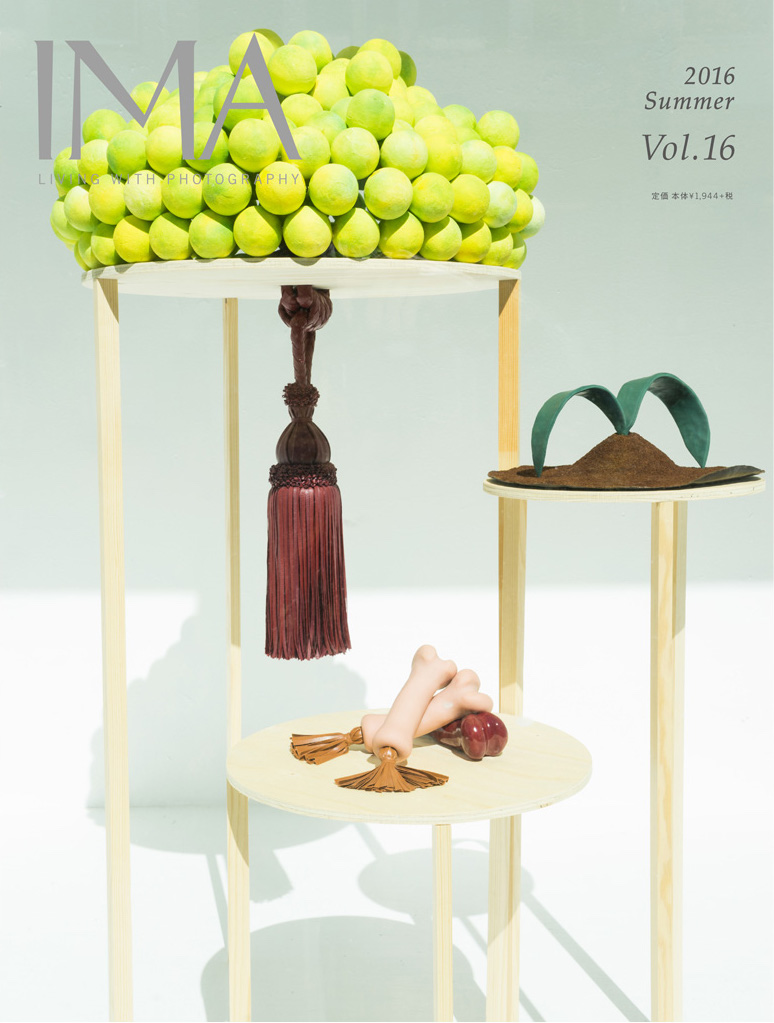The Rise of Cute
IMA, Vol. 16, Summer 2016
An essay about the influence of the notion of kawaii in Japanese photography (extracts below).
"Kawaii is generally translated as “cute” in English, but its many nuances require a more complex definition. According to a paper by professor Sharon Kinsella of the University of Manchester, the term is derived from the word kawayushi, which first appeared in the Taisho era of the early twentieth century, meaning shy, pathetic, vulnerable, embarrassed, loveable, and small. Kinsella defines kawaii as “childlike; it celebrates sweet, adorable, innocent, pure, simple, genuine, gentle, vulnerable, weak, and inexperienced social behaviour and physical appearances.”
Kawaii has become a major cultural concept in Japan, influencing everything from fashion, technology, consumer goods, art, food, cars, and even local government, which has attempted to capitalize on the kawaii trend with a series of cuddly, life-size mascot characters known as yurukyara which are designed for municipal and regional promotion."
© Ume Kayo
"Despite its youth, the term kawaii has gone through a number of evolutions in its short lifetime. In the early 1990s, after a decade of sickly sweet cuteness, more complex manifestations of the kawaii idea emerged. The term began to be associated with other, at times seemingly contradictory concepts, leading to a number of derivatives which represent specific interpretations of the notion of kawaii. These include guro-kawaii (grotesque cute), kimo-kawaii (creepy cute), busu-kawaii (ugly cute), ero-kawaii (sexy cute), osha-kawaii (high-fashion cute) and shibu-kawaii (subdued or everyday cute)."
© Osamu Yokonami


